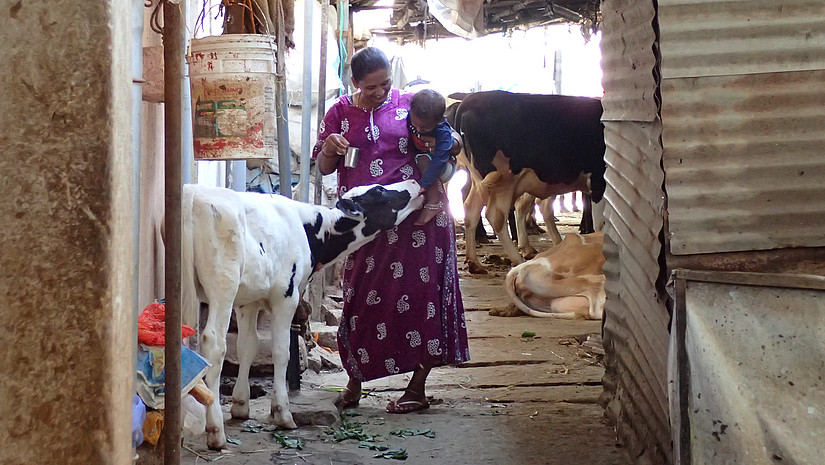Urbanization of Agricultural Land
Main Research Questions
- What is the impact of rapid urban growth and land use change on livelihood, including the forage-diary value chain along the rural-urban context?
- What are the possibilities for food security, income generation in general, and for income diversification for rural-urban dwellers?
- Where can sustainability be improved by closing breakages in the process chain and creating circular flows of food, feed and nutrients in the rural-urban interface?
Abstract
Efficiency and the adequacy of infrastructure for domestic trade, specifically the flow of goods, labor, services and cash, are the backbone of a mutually beneficial and successful relationship between urban and rural areas. The development of economies such as in Pakistan involves the transformation of agro-based economies into more urban, industrial and service-based economies (Hussain and Ahmed, 2010; Panhwar, 2014). This transformation process implies that the flow of resources, goods, services, knowledge and information between urban and rural areas intensifies. With regard to fodder and dairy production, it is hypothesized that cropping intensity and diversity are lower at advanced urbanization stages, and that crop productivity and water use efficiency are higher than in rural agriculture. At the same time, land use changes break existing feedbacks in matter flows, and transform agricultural livelihoods.
The project aims at identifying such breakage points in contrasting settings and at deriving suggestions on how circular flows could be (re-)established to create long-term sustainability. In analyzing urban expansion, the study aims to find out the ways in which changing farm and non-farm income-generating activities could be used in the best interest of the peri-urban dwellers. Further, research-based advocacy with the stakeholders and policymakers will help to develop a more effective peri-urban policy for the selected cities.
The present study anticipates a deeper understanding of the extent of urban expansion and associated land-use changes, and their implications for people’s livelihoods in relation to a modified version of DFID’s Sustainable Livelihood Framework (SLF) and the Value Chain Approach. It will focus on four case studies representing contrasting urbanisation dynamics (two large/advanced/urban pull cities and two small/emerging/rural push cities, one each in India and Pakistan, respectively) and two commodities that involve plant and animal-based agricultural activities (fodder and dairy production, and associated flows of goods, labour, services and cash), allowing for integrated as well as comparative analysis. Resource use efficiencies and potentials for closing matter flow cycles are of particular interest. The study brings together scientific expertise from land use analysis and agronomy, animal nutrition, and agricultural economics.
It is expected that through a better understanding of the multifaceted factors behind land-use changes and their impacts on the livelihood of the peri-urban dwellers, the research findings will help policymakers in their efforts of more effective planning to optimize trade-offs between constraints and opportunities arising from rural-urban linkages.
A key urbanization challenge in Pakistan and India is the rapid conversion of agricultural land to urban land uses in the city fringes. Agriculture as the major source of livelihood of peri-urban residents is gradually displaced, leading not only to alternative labour markets, but also to inefficient resource use, food insecurity and low standard of living. There is a research gap regarding the socio-economic transformation of production strategies, value chains, and coping strategies of affected agricultural households.
Outcome
- Abstract of the research paper "Urbanization of Agricultural Land: Implications for the agricultural activities along Rural-Urban Interface in Faisalabad" by Navved Farah was published in Abstract Book of "International Conference on Sustainable Agriculture in Pakistan", jointly organized by the University of California Davis, USA & University of Agriculture, Faisalabad, Pakistan, Nov 2016.

